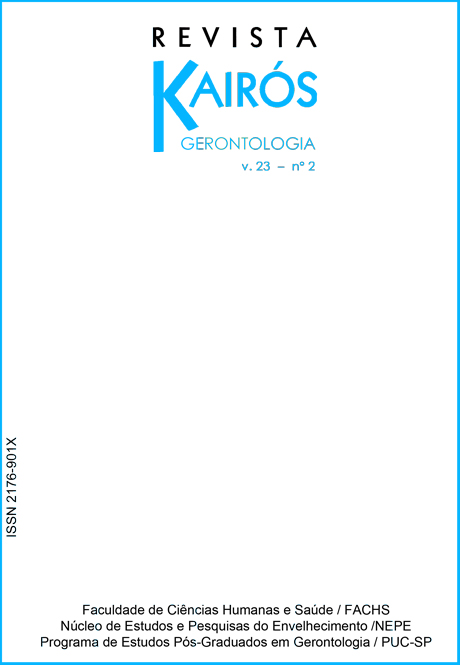Performance of physical exercises in aquatic in women with low bone mineral density
DOI:
https://doi.org/10.23925/2176-901X.2020v23i2p233-254Keywords:
Aging, Osteoporosis, Exercise Therapy, Physiotherapy.Abstract
Osteoporosis is the most common bone metabolism disorder, characterized by bone mineral density (BMD), which leads to a deterioration of bone mass and structure, increasing bone fragility and a higher risk of fracture. Minor damage to stress and speed of physical activity, increasing speed and getting denser. However, studies seek to analyze and compare therapeutic resources (water and soil) for the prevention and treatment of osteoporosis / osteoporosis. Two exercise protocols (soil and water) were investigated for age changes and low BMD. As Methods, elderly women with low BMD screened by inclusion / exclusion criteria, with 17 of them obeying them. For the Assessment, a questionnaire with a history of falls, anthropometric measurements, assessment of flexibility and balance, muscle strength and bone mineral densitometry. Subsequently, the elderly were divided into two groups: Aquatic Therapy (GA) and Solo (GS), in two weekly sessions of strengthening and balance training, 50 minutes, eight weeks. At the end, reassessment of the participants. As Results: exercise in an aquatic environment increased the Berg balance scale (BSE) score and flexibility compared to the control group. Despite the increase in muscle strength, compared to the pre-assessment, there was no significant difference between the intervention groups after the exercise protocols. It was concluded that both are effective in the treatment of osteopenia / osteoporosis, with greater adherence by participants in GA. There was no significant difference between groups after the evaluations.


